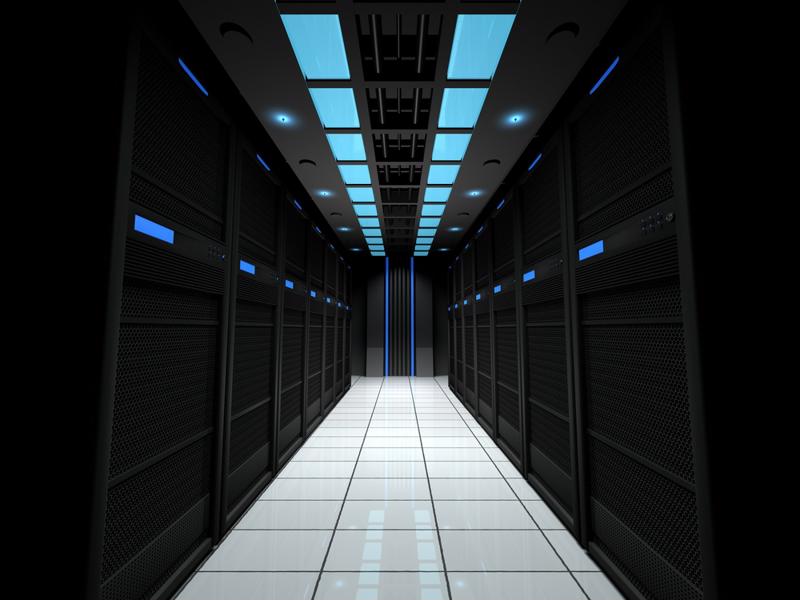How to optimize performance in cloud environments
How to optimize performance in cloud environments

The cloud is everywhere these days. What was once a novelty is now a mainstay in multiple industries with a near-endless list of versatile applications. In fact, a Spiceworks survey found that 93 percent of respondents were using the cloud for at least one operation. Multiple organizations rely on this technology on a daily basis, which is why maximizing cloud server uptime through environmental monitoring is such a necessity.
"Customers like a reliable product."
Downtime isn't just about the initial money lost
The aspect of downtime that a lot of cloud providers tend to forget about is that lost money isn't the biggest problem. Of course, downtime is incredibly expensive – Gartner estimated that a single minute of network downtime costs, on average, around $5,600. However, the monetary cost of something like an overheating disaster is nothing compared with the impact such an event can have on a company's reputation.
Customers like a reliable product, regardless of what they're buying. This is especially true for services required to conduct business like the cloud. In fact, the Uptime Institute's director of content, Matt Stansberry, believes downtime can very well lead to a loss of customers.
"An outage can also erode a company's competitive edge, like loss of business reputation within the industry and/or customer base," Stansberry said in a Q&A session with TechTarget. "Where would you rather put your money? In the bank with no downtime or the one with repeated downtime?"
The money lost on these events is certainly still a big concern, but it's important to remember that ensuring uptime is about servicing clients, not securing profits. If customers are given a quality, reliable product, the money will come on its own.
With that said, how can a cloud service provider work to mitigate the risks of downtime?

There are too many factors to handle on your own
The first step toward ensuring a safe environment for data center equipment is to realize that there are just too many potential problems for one person to feasibly monitor on his or her own. Humidity, temperature and general moisture are some of the biggest concerns and require constant, precise measurements in order to optimize efficiency.
This is why every cloud provider should invest in a hearty data center temperature monitoring system. However, not just any monitor will do. In order to fully mitigate the risks of an environment-caused stretch of downtime, this hardware needs to be outfitted with an alarm system that alerts key employees the second conditions go outside an optimal range. These products, like the ones produced by Geist, are lifesavers and can help keep customers happy and ensure minimal downtime.



